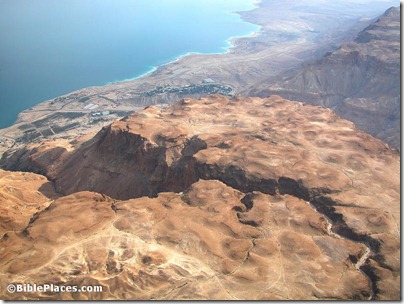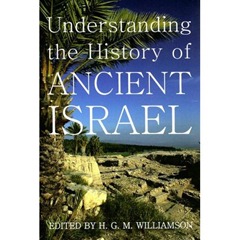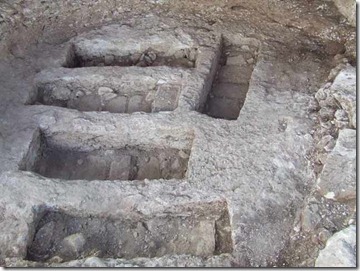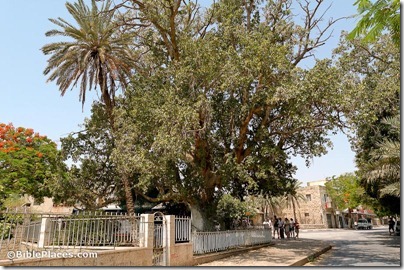(Post by A.D. Riddle)
These are all free and open to the public.
Wed, Feb 13, 2013, 7:00-8:30 pm
John Walton, “Origins Today: Genesis with Ancient Eyes” followed by responses from Richard Averbeck and Lawson Younger.
ATO Chapel, Trinity Evangelical Divinity School, Deerfield, IL.
Sat, March 2, 2013, 5:00 pm
Kathryn Bard, “Harbor of the Pharaohs to the Land of Punt: Excavations at Mersa/Wadi Gawasis 2001-2011.”
American Research Center in Egypt – Chicago Chapter.
LaSalle Bank Room, Oriental Institute of the University of Chicago.
See website for more details.
Wed, Mar 6, 2013, 7:00–8:00 PM
T.J. Wilkinson, “Canals, Kings and Hydraulic Landscapes in the Ancient Near East: An Archaeological Perspective” followed by reception in the museum.
Oriental Institute of the University of Chicago.
Register at oimlwilkinson.eventbrite.com.
See website for more details.
Fri-Sat, Mar 15-16, 2013
University of Chicago Oriental Institute Symposium.
“Household Studies in Complex Societies: A (Micro) Archaeological and Text Combined Comparative Approach.”
The schedule for the symposium is given below. See website for more details.
Friday, March 15:
Opening Remarks, 9:00-9:30 AM
Session 1: Method and Theory, 9:30-11:10 AM
Adelheid Otto “How to Reconstruct Daily Life in a Near Eastern Settlement: Possibilities and Constraints of a Combined Archaeological, Historical, and Scientific Approach”
Kate Spence “Ancient Egyptian Houses: Architecture, Conceptualization and Interpretation”
Paolo Brusasco “Interaction between Textual Materials and Social Space in the Definition of Family Composition in Mesopotamia”
Session 2: Activity Area Analysis, 11:10-1:00 PM
Peter Pfälzner “Activity-area Analyses of Room and Grave Contexts in Third- and Second-millennium BC Syria”
Lynn Rainville “Everyday Life in an Assyrian City: Microarchaeological and Ethno-archaeological Approaches to the Study of Activity Areas”
Felix Arnold “Clean and Unclean Space in Houses on Elephantine”
Lisa Nevett “The Use and Abuse of Artifact Assemblages in Classical Greek Domestic Contexts”
Session 3: Social Stratification, 2:30-3:30 PM
Miriam Müller “An Ancient Egyptian Middle Class as Revealed in a Neighborhood of Tell el-Dabʿa/Avaris”
Heather Baker “Family Structure, Household Cycle, and the Social Use of Domestic Space in Urban Babylonia”
Session 4: Ethnicity and Identity 4:00-5:00 PM
Nicholas Picardo “Hybrid Households: Institutional Affiliations and Household Identity in the Town of Wah-sut (South Abydos)”
Aaron Brody “Living in Households, Constructing Identities: Ethnicity, Boundaries, and Empire in Iron IIB–IIC Tell en-Nasbeh”
Reception: 5:00-6:00 PM
Saturday, March 16
Session 5: Private and Political Economy, 9:00-10:00 AM
Jens-Arne Dickmann “Crucial Contexts: A Close Reading of the Household of the Casa del Menandro at Pompeii”
Kristin de Lucia “Micro-archaeology and the Identification of Household Multicrafting among Lakeshore Communities in Pre-Aztec Central Mexico”
Session 6: Urban-Rural and Core-Periphery Relations 10:00-10:40 AM
Peter Miglus “Private House or Temple: Decoding Patterns of the Old Babylonian Architecture”
Responses and Roundtable Discussion 11:00-1:00 PM



